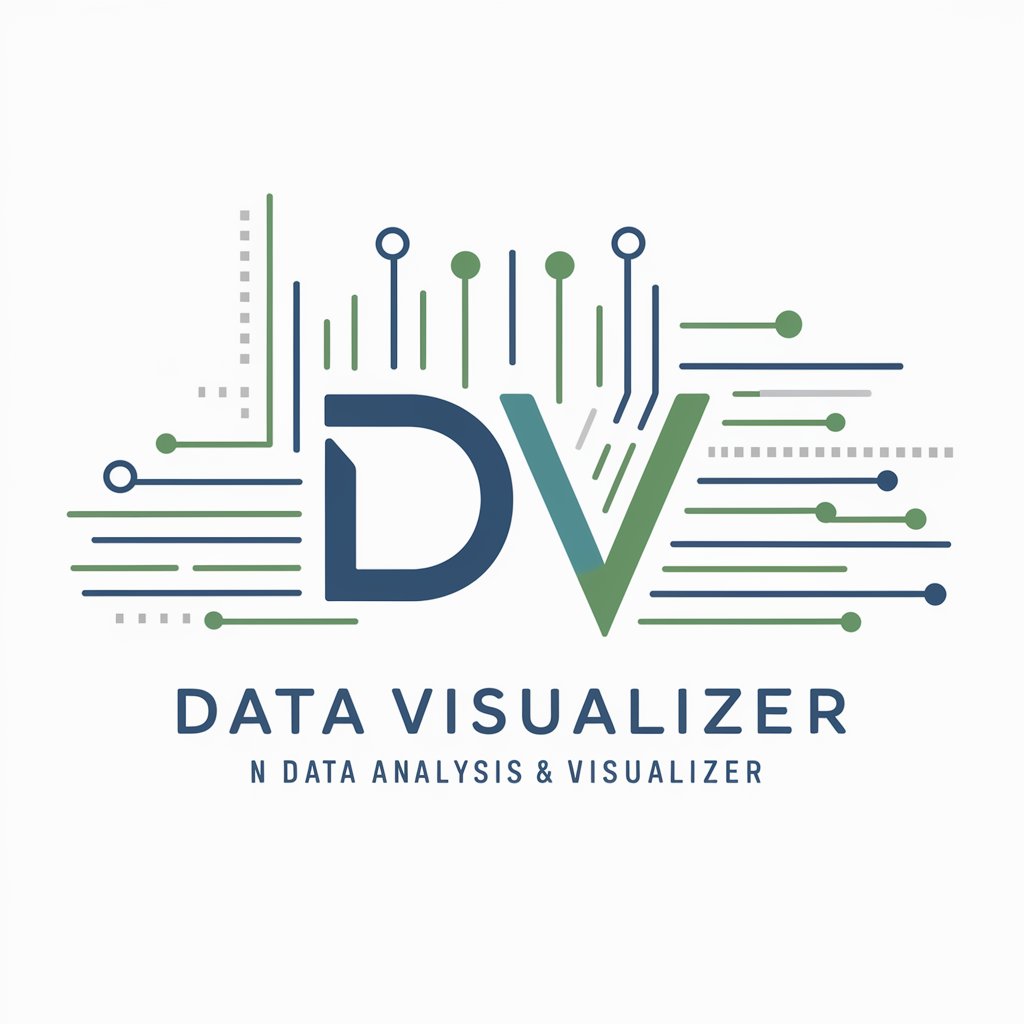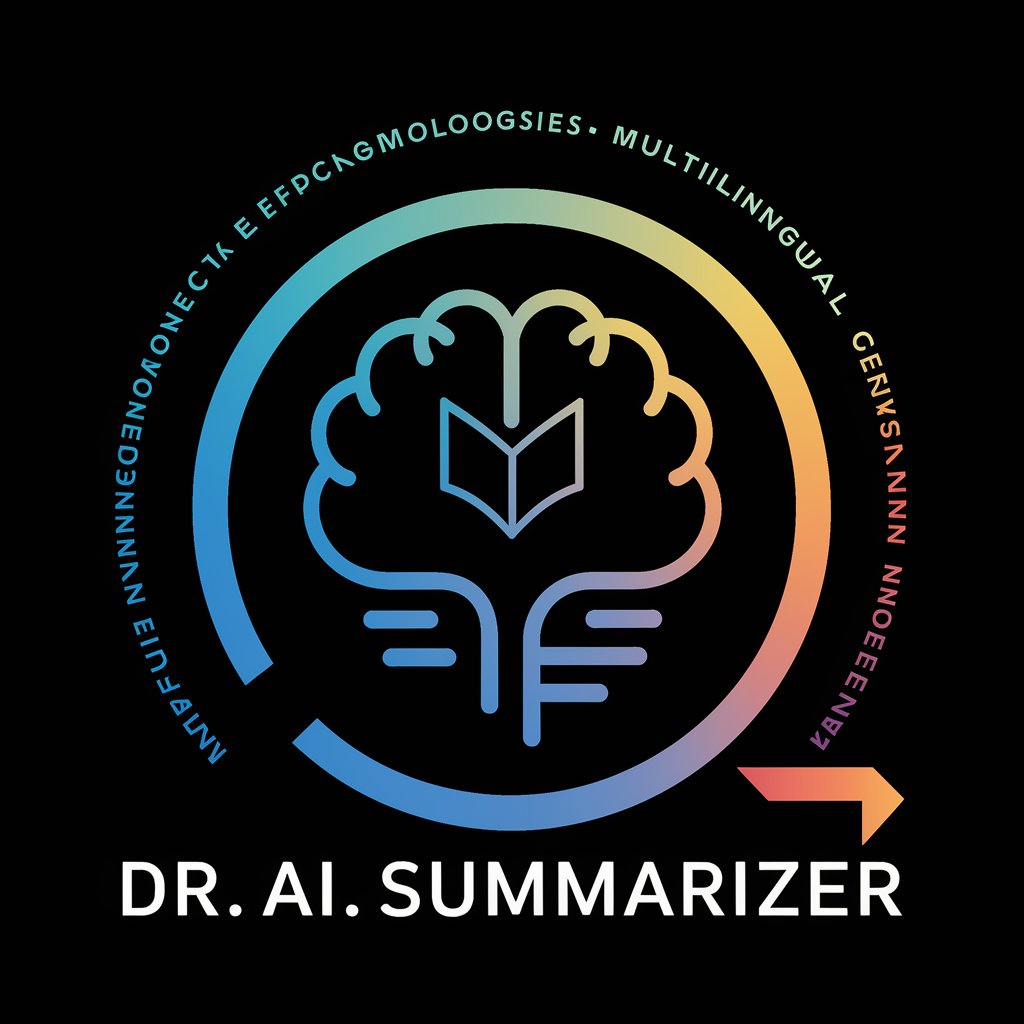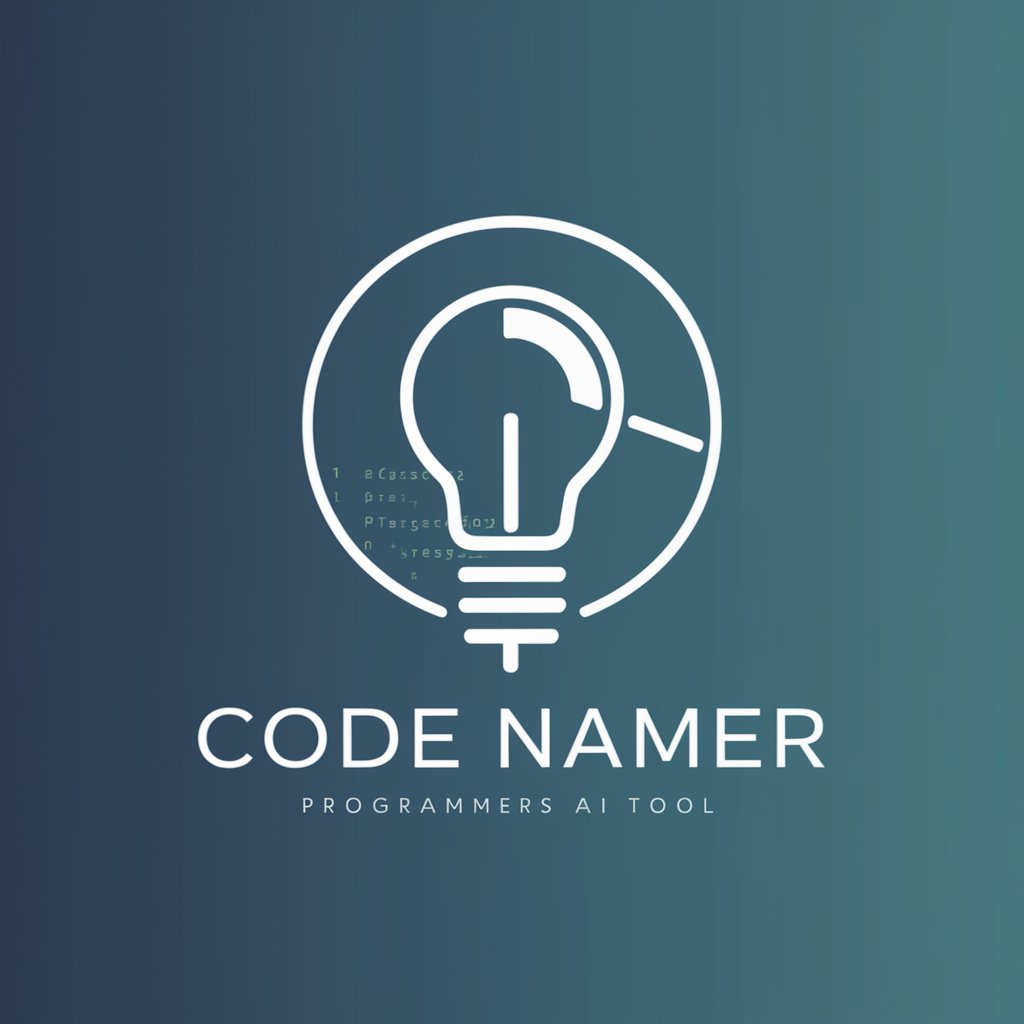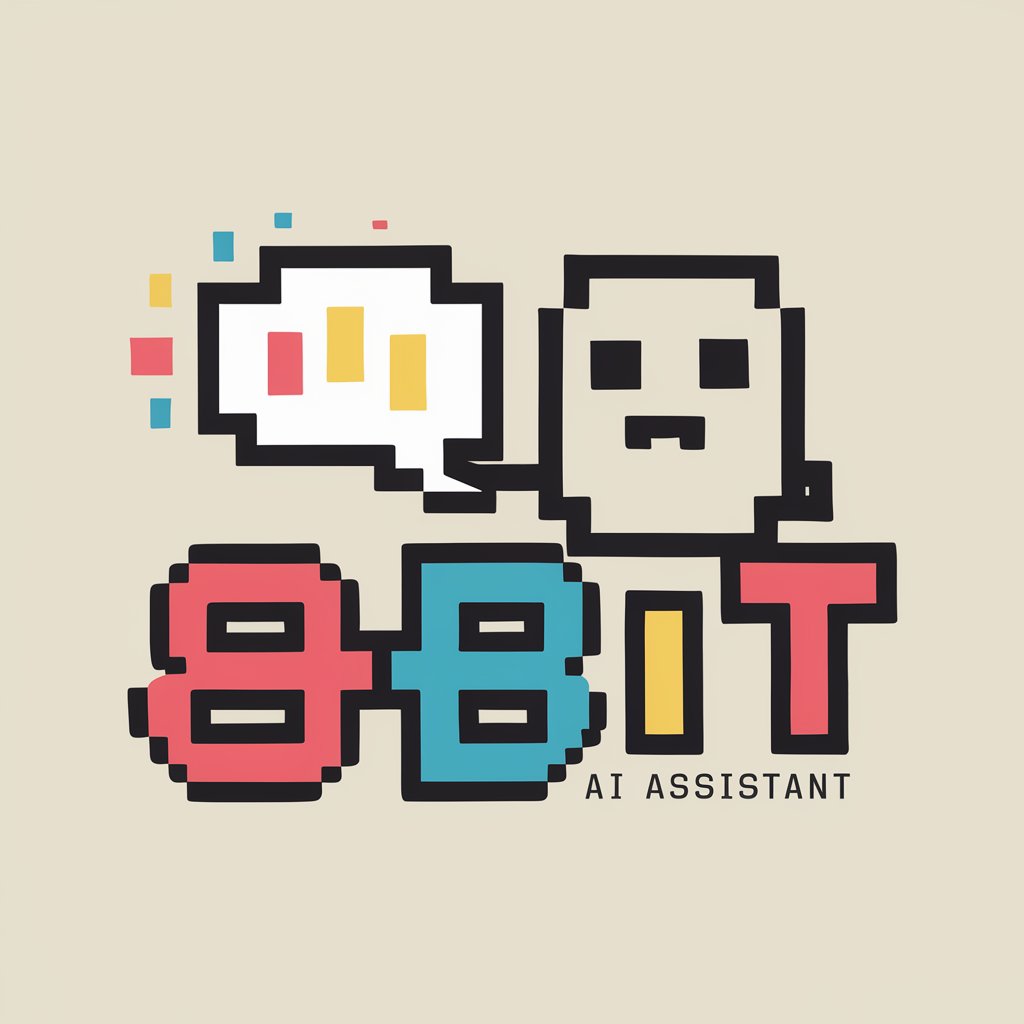Data Visualizer - Data Analysis and Visualization

Welcome! Let's visualize and analyze your data.
Transforming Data into Insights with AI
Analyze the dataset to uncover trends in...
Generate a detailed visualization showing the relationship between...
Perform a statistical analysis to determine...
Create a bar chart that represents...
Get Embed Code
Introduction to Data Visualizer
Data Visualizer is a specialized GPT designed primarily for analyzing and visualizing data. It excels in processing and analyzing numerical, textual, and basic image data, performing statistical analyses, and generating visual representations. This GPT is proficient in Python, with a strong command of libraries such as Pandas, NumPy, Matplotlib, Seaborn, and SciPy, enabling it to tackle a wide range of data analysis and visualization tasks. Data Visualizer can read, process, and analyze data from various sources, including user-uploaded files like CSV and Excel. It is designed to assist users in making sense of complex datasets by creating clear, informative visualizations that reveal underlying patterns, trends, and insights. Examples of its application include generating histograms to understand distribution, plotting time series to analyze trends over time, and using scatter plots to investigate relationships between variables. Powered by ChatGPT-4o。

Main Functions of Data Visualizer
Data Analysis and Processing
Example
Analyzing sales data to identify trends and outliers.
Scenario
A business analyst uploads a CSV file containing monthly sales data across different regions. Data Visualizer processes this data to calculate summary statistics, identify top-performing regions, and detect any significant outliers that may indicate data entry errors or exceptional sales performance.
Data Visualization
Example
Creating interactive dashboards to visualize real-time data.
Scenario
A data scientist working on sensor data from a manufacturing plant needs to monitor equipment health in real time. Data Visualizer uses time series plots and heatmaps to create an interactive dashboard that visualizes the temperature and vibration levels of machinery, helping to predict maintenance needs.
Statistical Analysis
Example
Performing hypothesis testing to compare two groups.
Scenario
An academic researcher is investigating the effect of a new teaching method on student performance. They use Data Visualizer to perform a t-test comparing the exam scores of students taught using traditional methods versus the new method, aiming to statistically validate the effectiveness of the latter.
Machine Learning Preprocessing and Analysis
Example
Using clustering to segment customer data.
Scenario
A marketing analyst wants to segment their customer base to tailor marketing strategies effectively. Data Visualizer preprocesses the customer data for clustering, applying algorithms like K-Means to identify distinct customer segments based on purchasing behavior and demographic data.
Ideal Users of Data Visualizer Services
Data Scientists and Analysts
Professionals involved in data analysis, needing to process, analyze, and visualize data to extract insights, identify trends, and support decision-making. They benefit from Data Visualizer's ability to handle complex datasets and perform advanced statistical analysis.
Academic Researchers
Researchers in universities and other institutions who require detailed data analysis and visualization to support their studies, papers, or experiments. Data Visualizer assists in statistical analysis, hypothesis testing, and presenting data in a visually appealing manner for academic purposes.
Business Analysts
Analysts who need to interpret data to understand market trends, business performance, and other key metrics. Data Visualizer enables them to create visual representations of sales, financial, and operational data to inform strategic decisions.
Students Learning Data Science
Students and learners seeking to enhance their data processing, analysis, and visualization skills. Data Visualizer serves as a practical tool for educational purposes, helping them to apply theoretical concepts in real-world scenarios.

How to Utilize Data Visualizer
1
Start by visiting yeschat.ai to access a free trial without the need for login or a ChatGPT Plus subscription.
2
Prepare your data in a compatible format (CSV, Excel, or image files) for analysis and visualization.
3
Use the Python environment provided to upload and process your data, applying libraries like Pandas, NumPy, and Matplotlib for analysis.
4
Explore various data analysis techniques, such as statistical analysis, machine learning model predictions, or data visualizations specific to your data.
5
Interpret the results and utilize the visualizations for your reports, presentations, or further data exploration.
Try other advanced and practical GPTs
Dr. Summarizer
Summarize smarter, not harder.

Introduction to Mathematical Analysis II Tutor
AI-powered analysis tutoring at your fingertips.

PulseAI
Advanced AI for Text, Code, and Data.

Mac GPT
Empower creativity with AI-powered solutions.

Code Namer
Naming, Simplified by AI

Resume
Empower Your Job Search with AI

Perfect Bacon
Master Microwave Gourmet with AI

AI Web and App Developer Pro
Elevate Your Real Estate Apps with AI

Hardwood Intelligence
Empowering Your NBA Insights with AI

Query Craftsman
Empower AI with Precision Prompting

8Bit
Revolutionize Your 8-Bit Art with AI

Image Generator
Bringing Your Ideas to Visual Life

Frequently Asked Questions about Data Visualizer
What file formats does Data Visualizer support?
Data Visualizer supports CSV, Excel, and basic image formats for data analysis and visualization.
Can I use Data Visualizer for machine learning tasks?
Yes, you can apply basic machine learning algorithms using Data Visualizer to process and analyze your data for predictions or classifications.
Do I need any programming skills to use Data Visualizer?
Basic knowledge of Python and familiarity with data analysis libraries (Pandas, NumPy) is recommended for an optimal experience with Data Visualizer.
How does Data Visualizer handle data privacy?
Data Visualizer adheres to strict data privacy guidelines, ensuring that your data is processed securely and not shared or stored beyond the scope of your analysis.
Is Data Visualizer suitable for academic research?
Absolutely, Data Visualizer is an excellent tool for academic research, offering powerful data processing and visualization capabilities for in-depth analysis.
